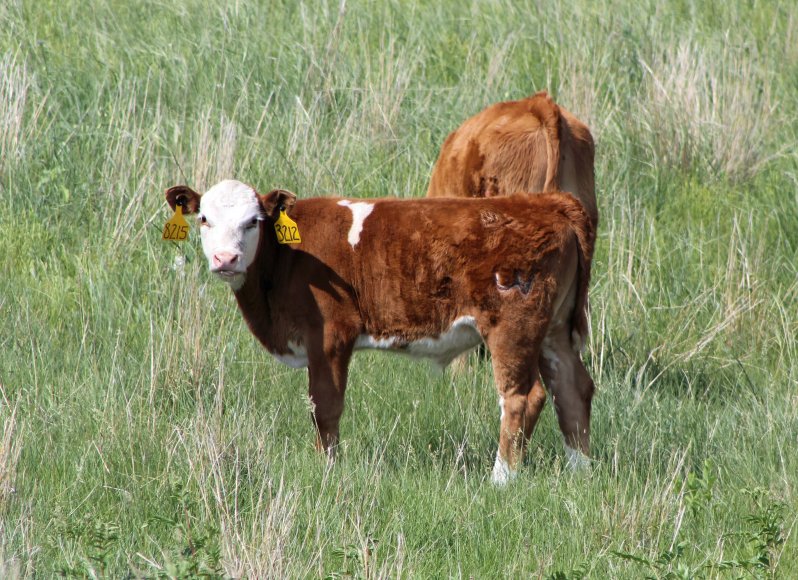
By Jay Jenkins, UNL Extension Educator
A study at the University of California Sierra Foothill Research and Extension Center in Browns Valley California found that traditional weaning practices can be costing you 22 to 24 pounds per calf. At today’s prices, that’s over $30 per head.
Fenceline weaning is a way to lower the stress of weaning. Lower stress often results in more gain, and more money in your pocket. Minimizing weaning stress and getting the calves gaining immediately is especially important if you participate in a value added program where calves must be weaned at least 45 days before sale.
Research studies have shown that allowing calves to have fenceline contact with their dams reduced the stress of weaning and improved the growth of beef calves.
In the California study, one hundred Angus/Hereford-cross calves were randomly assigned to five groups for seven days in each of three years. The groups were:
1) fenceline separation from dams on pasture,
2) total separation from dams on pasture,
3) total separation from dams in a drylot (corral) after being preconditioned to hay,
4) total separation from dams in a drylot without being preconditioned to hay, and
5) nonweaned controls on pasture.
At the end of the first seven-day period after weaning, all calves were placed on pasture in large groups. Calves were weighed weekly for 10 weeks.
In the days following weaning, calves that had fenceline contact with their dams exhibited less stress from weaning.
Behavioral differences were greatest during the first three days following weaning. The fenceline weaned calves gained more weight than the other weaned groups (which did not differ). The fenceline weaned calves gained 95% more weight than the average calf in the three totally separated treatments in the first two weeks and were still the same amount (22-24 pounds) heavier at 10 weeks.
Researchers concluded that providing fenceline contact between beef calves and cows for seven days following weaning reduces behavioral distress seen in the totally separated calves. In addition, fenceline contact with dams at weaning minimizes losses in weight gain in the days following separation. Totally separated calves did not compensate for these early losses in weight gain even after 10 weeks.
The fence used to separate calves and cows was barbed wire overlaid with woven wire. It proved very effective in keeping the animals separated. Neither cows nor calves made a concerted effort to break through or go over the fences. In herds accustomed to electric fence, two hot wires are usually enough to keep the calves separated from their mothers.
Producers I’ve talked to who have tried fenceline weaning will never go back to total separation. It’s worth the extra planning.
For more UNL Beef information go to http://beef.unl.edu